The following review is of the Canon Demi C – to my knowledge, along with the Olympus Pen F and FT model SLR cameras it’s the only half frame with interchangeable lenses. Actually this is only part-review since the lens I’ve used on the Demi C is the 50 mm. The 28 mm in the Demi C kit hasn’t been that interesting to use since any and (almost) all compacts from my preferred decades (50s to 70s) sport a 38-45mm lens which is what the 28 mm equates to when used on the Demi. Actually, the 28 mm that comes with it will feature in another post about modifying it. More on that later.
I’m in the modest business of selling vintage compacts and SLRs through my shop at Etsy. What cameras I acquire for redistribution always comes down to what I have to pay for it, of course, so that I can get a profit. But because of my humble beginnings in photography being performed on a Canon FT, I’ve predominantly become a Canon man in selecting what to sell.
The Canon Demi series of cameras consists of something like five varieties. The Demi is half frame and has a very pleasing design to the eye. It’s true retro. I won’t go into Demi system varieties since other people most eloquently relay that information in other searchable forums on the web.
Specifics
Primarily I wanted the Demi C for the tele-lens. At this stage you may be exclaiming “A 50 mm is no tele-lens!” Well, on a half frame it is, since the projected image is equivalent to a 70-75 mm on a full frame camera. I’m not a maths guy, so don’t ask for specifics. (I am just now on the verge of understanding how (not why) lenses for full frame cameras work on my Fujifilm X-Pro1.)
Since I don’t want to lug around tele lenses I am a fan of 35 mm compacts as well as “pancake” lenses (as the two people reading my blog has deduced). So, a 70mm on a compact camera is right up my alley.
Focusing
This is a viewfinder camera which means you either measure, guesstimate or zone focus to get it right. The detachable Demi C lenses both have the focus ring positioned at the front of the lens. There is no aperture control or – blades placed in the detachable lenses. The aperture blades are instead placed in the camera body, where the lens is mounted. This is because of the rather original exposure control of the camera.
Exposure
The camera has a shutter speed priority solution with no automatic control. You set a lever mounted on the lens complex closest to the body at or between shutter speeds 1/30th – 1/250th of a second. The selenium cell feeds the light meter on the top display. To set exposure “right” you align the exposure control needle to the one of the light meter by turning the shutter control lever. I find this solution a bit annoying since I’m a full control guy and am also a depth-of-field aficionado, which means I want more control than this camera gives me.
Fortunately there is a half-decent solution to be used at times, which is flash mode, where at 1/30th of a second I can choose between the aperture stops (f2,8-22) using a little peg on the underside of the lens. This aperture scale is also useful as a visual aid when in shutter speed priority mode you can see which aperture is set.
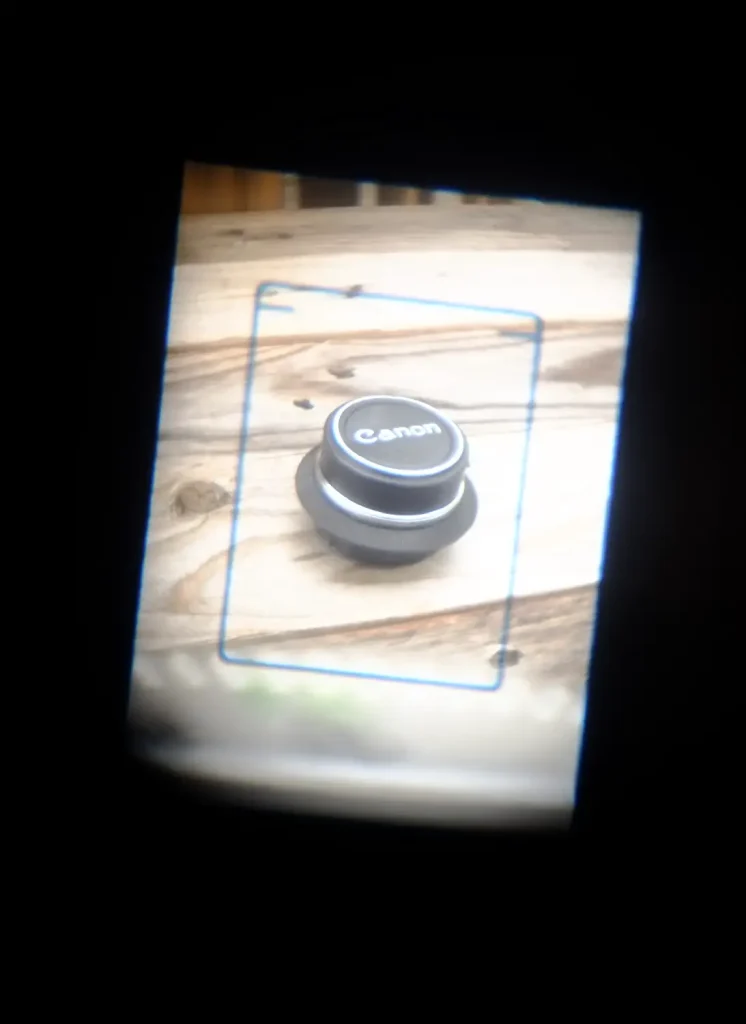
Framing
The two tiny round holes on the back and front of the camera respectively house the viewfinder. It is surprisingly bright and large. The wide-angle picture fills the entire finder while the 70 mm is framed in grey lines in the middle. The Demi being a half frame camera has the image standing in vertical, or “portrait”, format. I am very comfortable with the standing format. I don’t know why. Perhaps it is actually the portrait face/standing figure image that speaks to the primitive part of my brain.
Handling
When it comes to the handling of the camera – the actual taking pictures – with all parameters in mind, I am both annoyed and in heaven here.
As I’ve stated before I use this as a telephoto camera. It is utilized as such alongside one or two rangefinders with either wide-angle or 42/45/50 mm lenses. I take them for city walks or markets or races of difference sorts. So, mostly, it’s a faces camera with the occasional details or sneak peek. For this use it’s great. The camera is small; the shutter is very silent; the lens with the big glass appears to people to be a wide angle but is the opposite; it fits in a coat pocket (the lens protrudes 3 centimeters from the body – how’s that for a tele lens!).
So – size, appearance, framing are great. But there are annoying things. And they are design related.
First: The focus ring – at least on my specimen is too loose. So, when zone focusing one still always has to keep an eye on the focus setting since it slowly glides out of place.
Second: The shutter speed control ring is aligned to the ASA setting ring. But when setting the shutter speed the ASA ring most often has more resistance and “clicks” out of place. Yes, I’ve tried lubing it, to no avail. So the solution is to use electrical tape to keep the rings in sync. Not very pretty.
Third: The shutter release needs to be pressed deep. This often has me involuntarily shaking the camera at the moment of exposure. So my advice is to buy a soft release.
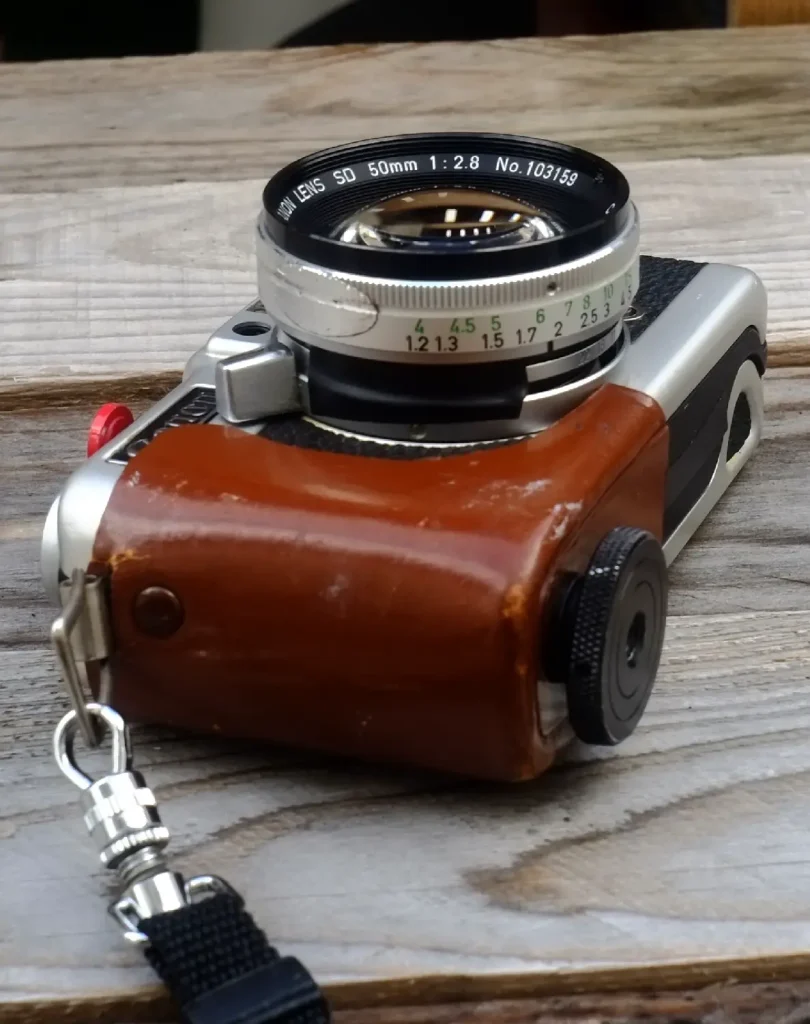
The fourth annoying thing is also about design. But it does not concern exposure issues in any way, and may not be an issue for everybody as it’s been an issue for me. As there are no strap lugs on the Demi C it has to be carried upside down on a strap screwed on to the tripod mount. Well, for me that felt odd, as the camera bounces and spins around a lot being carried in this way. I am not aware of any half cases for the Demi out there, and as always strapped for cash I looked closer to home for a solution to the problem.
I service and sell cameras on Etsy so I have a bunch of surplus half cases in a cardboard box. I couldn’t find one that fit the Demi though. But if I could at least sling it over my shoulder. I figured it has to be stiff enough to carry the weight of the Demi C on one side and the Voigtländer Vito B case actually fit snugly. I cut off the superfluous leather and made a new hole to fit the fastening screw to the tripod mount. It has worked great.
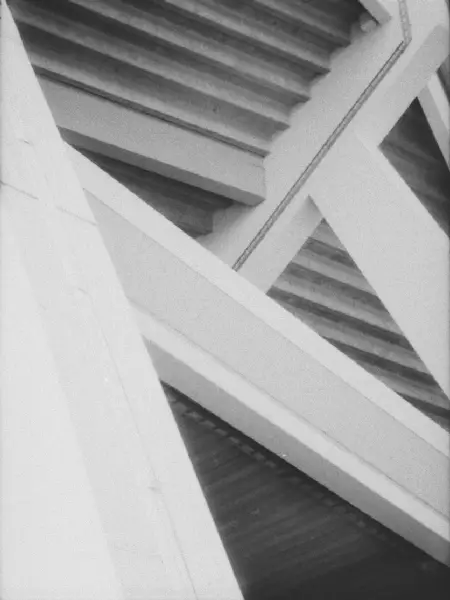

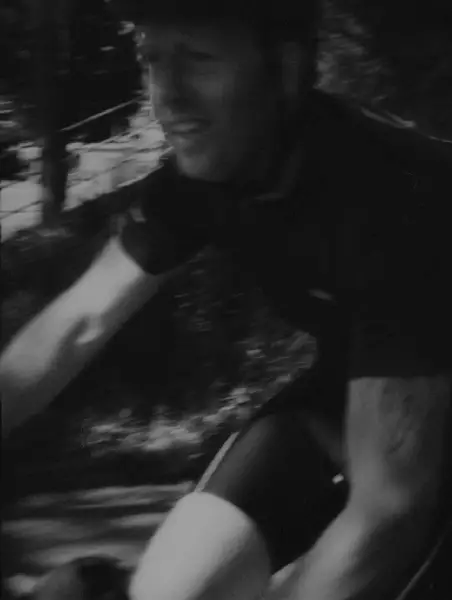
Conclusion
The Canon Demi C is a great camera. I love how it looks. I love its small size and weight. The lens is sharp for a small camera like this. Despite the annoying facts it’s easy to handle. It works great for me. As a rule I use zone focusing when taking pictures with this camera. And I try to overexpose by two steps (after reading Hamish’s post on this), always using black and white Fomapan film.
I’ll be back soon to spill the beans on the story of the modified 28 mm Demi C lens.
Thanks for reading!
Visit my shop at Etsy: https://www.etsy.com/se-en/shop/getOurBooks/
Read my blog at: tobbetecknare.blogspot.se
Share this post:
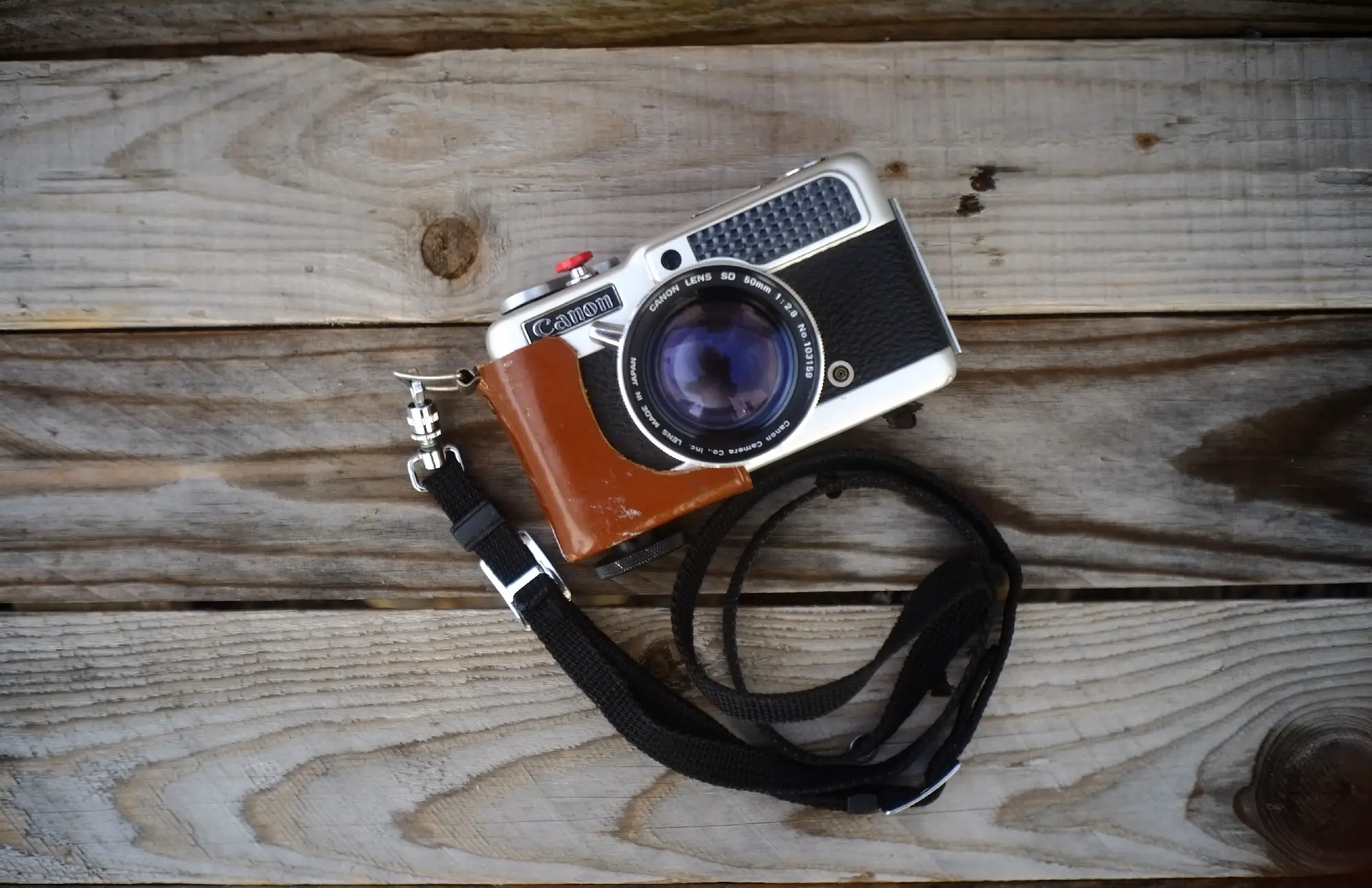








Comments
Modding a 28 mm Canon Demi C lens for M39 mount - Guest post by Tobias Eriksson - 35mmc on Canon Demi C – Half-frame with a tele lens – Guest review by Tobias Eriksson
Comment posted: 29/10/2017
Paul Rice on Canon Demi C – Half-frame with a tele lens – Guest review by Tobias Eriksson
Comment posted: 31/10/2017
Comment posted: 31/10/2017
John F on Canon Demi C – Half-frame with a tele lens – Guest review by Tobias Eriksson
Comment posted: 01/01/2018
Loved your review of the Demi-C. If you didn't get a copy of the manual with the camera you might be amused to know that Canon describe the viewfinder as 'Extravagant' !! If you'd like a copy, I'd be happy to scan mine for you.
I also have the Demi-C's two brothers - the Demi-S (30mm f/1.7) and the Demi (28mm f/2.8) The selenium meters on these two are just about working. The Demi-C came in an OEM case and so has spent much of its life in the dark - hence the meter has survived better than the other two models. Your 'work around' for manual aperture control serves well on the Olympus Pen EE series too - I reckon if someone can't hold a camera of this size steady at a 1/30th then they should seriously consider giving up drink - or at least take a little more water with it :0)
Thanks again for a great review.
John F.
Tobias Eriksson on Canon Demi C – Half-frame with a tele lens – Guest review by Tobias Eriksson
Comment posted: 02/01/2018
Well, the Extravagant finder I haven't noticed.
My 'work around' I use on Minolta AL-F and Canonet 28 as well.
Tobias
Aitchess on Canon Demi C – Half-frame with a tele lens – Guest review by Tobias Eriksson
Comment posted: 27/03/2020